With the advent of writing and the development of literacy, the need for material documents arose. On material carriers people wrote down the first laws, the first directions, made lists. The most ancient document, the information of which is known, is the code of laws of King Hammurabi from Ancient Mesopotamia, the text of which was carved in stone.
Later, various documents began to appear that regulate certain relations in the fields of law, trade, and reporting. A developing civilization produced ever new materials for creating documents. At first it was a tablet, then papyrus and parchment, after the invention of printing presses - paper. And all this time there were people who were looking for ways to forge documents in order to avoid certain duties to third parties.
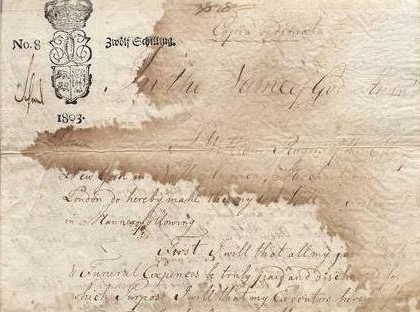
Document concept
The word “document” in translation from Latin (“documentum”) means “evidence”. Document this tangible information carrier confirming any fact or right to something. The document can be made in various forms: written, graphic, audio-video or electronic form. For the first time, the word "document" in our area was used by Peter I, setting out the concept of the word as "written certificate".
Modern dictionaries have slightly changed and supplemented the interpretation of the concept as follows: a document is a material medium with information recorded in it, intended for its transmission in time and space. The development of market relations in the country, the emergence of many private enterprises, individuals engaged in entrepreneurial activity, firms, offices, etc. entailed an increase in the number of documents. And the appearance of relatively cheap units of copying and duplicating equipment (printers, photocopiers) only increased the mass of workflow. Forgery of documents also does not stand still and develops in step with the times.
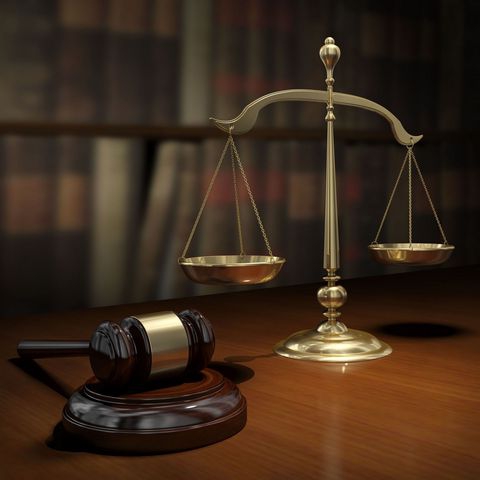
Legal definition of falsification of documents
The Criminal Code of the Russian Federation, adopted in 1996, consists of 34 chapters. Chapter 32 of the code has an article stipulating liability for falsification of documents. Article 327 of the Criminal Code called "Forgery, manufacture or sale of fake documents, state awards, stamps, seals, letterheads." As you can see, the legislator provided not only forgery of the document as a whole, but also of its individual details and materials.
For such an act as falsification of documents of the Criminal Code of the Russian Federation, a penalty is imposed in the form of restriction of liberty for a term of up to two years or imprisonment for the same term. Scientists consider this act as socially dangerous, encroaching on the procedure for handling official documents, forms, seals. In simple terms, the person who produced the fake document, or transferred such a document to a third party, can be held accountable. For such a deliberate act as forgery of documents, an article of the Criminal Code of the Russian Federation provides for punishment for persons who have reached 16 years of age. When an act is committed by an official, it should be qualified according to Article 292 of the Criminal Code of the Russian Federation.
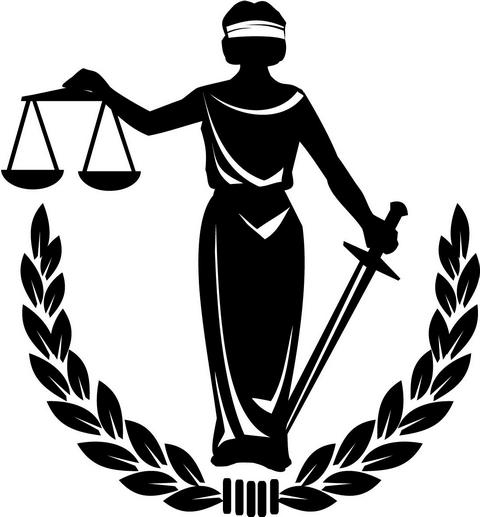
Responsibility for counterfeiting and litigation
Based on the fact that the crime provided for in Article 327 of the Criminal Code of the Russian Federation refers to minor crimes, the perpetrators of it rarely turn out to be sentenced to imprisonment.The punishment for falsification of documents is provided for by the sanction of an article of the code that states: “the act is punishable by restraint of liberty for a term of up to two years, or forced labor for a term of up to two years, or arrest for a term of up to six months, or imprisonment for a term of up to two years.”
Based on the jurisprudence and statistics of the Ministry of the Interior, the subjects of the crime are punished mainly by restriction of freedom. 327 article, falsification of documents does not distinguish between falsification methods, that is, the punishment does not depend on how the subject of the crime was faked. As a rule, the subjects of this act are unscrupulous entrepreneurs trying to hide in their documentation this or that fact of purchase, sale, lease. Less often - people resorting to using fake documents when obtaining credit from financial institutions. Forgery of documents, in such cases, contains an intellectual forgery. What kind of forgery is this and what other types of canopy are, we will consider in the next part of the article.
The main ways to fake documents
What is a fake document? According to the forensics textbooks, the document is considered fake, the data in which does not correspond to reality. The following types of document falsifications are distinguished: Intelligent forgery - forgery of documents by the method of compiling and issuing a document that is correct in form and meets the requirements in which false information is indicated; Material forgery is a forgery method in which the offender makes changes to the original text of the original document by adding, cleansing, washing away letters, numbers, signs, imprints of seals and stamps.
The first type of crime is characterized by the use of original clichés of seals and stamps that were stolen from the enterprise, putting impressions on blank forms, followed by entering data, replacing pages with signatures of officials. The second type of crime is the neat (less often “clumsy”) work of knowledgeable people who are knowledgeable in document management, who know the system of protecting documents and the algorithm for their production. Material forgery can be disclosed if knowledge from forensics is applied, namely, technical examination of documents.
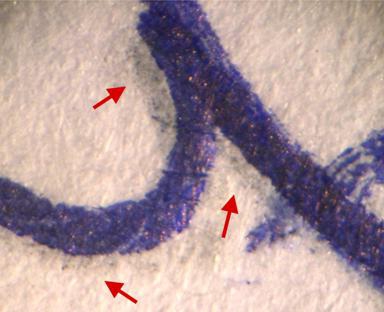
Forensic examination of documents
If there are questions regarding the reliability of the document during the consideration of civil, economic cases or in the investigation of criminal cases, the court, investigator, prosecutor, have the right to appoint a written technical decision (decision) to forensic technical examination of documents. On the decision of the examination to raise a number of questions regarding the method of manufacturing the form, the procedure for applying the details of the document, the conformity of the cliche print in the document to be examined.
Criminal article document forgery is often found in the practice of investigators, so the fact that documents with a modified initial content are the most common objects of technical examination of documents confirms this. To conduct the examination, the initiator sends a written statement (decision) about the study with a list of questions that the expert must answer. Suspicious document (s) are added to it, samples of prints or forms (if necessary). The forensic expert, using his special knowledge, special equipment, conducts research and draws it up with a conclusion in which he answers the questions posed.
Forgery Method No. 1
In pursuit of malicious intent, the offender, despite the fact that his act is punishable, there is an article of the Criminal Code forgery of documents, still commits a crime in the name of his own benefit. So, taking an official document - a pension certificate, he performs simple manipulations.Knowing that the certificate is valid until 2013, and already in the yard in 2015, he gently finishes a few strokes with his pen.
As a result, he gets the number “2018” instead of “2013”. This is one of the most common fake methods called “add-on”. The criminal simply appends numbers and letters to the free fields of the document between lines, words. A variation of the appendix is “drafting” - just the example discussed above refers to it.
In this case, the offender draws the finishing touches to the existing signs, but in the same way I make sense. An appendix can be identified by carefully looking at the text. Having found the following signs of document falsification, beware: the difference in ink color, the unevenness of the writing line, the different distances between words and between the lines in the text, the differences in the signs of handwriting, the illogical sequence of letters and numbers.
Forgery Method No. 2
Remember the writing test papers in mathematics at school. Having solved the example, you look back to your excellent neighbor and you see a different result from him. Urgent need to fix! In such cases, a special eraser comes to the aid of the student. But the math test is fun for children. We consider fakes of important documents. And although an article of the Criminal Code of the Russian Federation provides for a very real punishment for such an act as falsification of documents, this does not stop offenders.
They continue to change the primary content of the documents, this time in a clean-up way. Cleaning - a change made with a sharp object or an eraser, involves removing the top layer of the base of the document (most often paper) along with the dye that the text is made on. By cleaning, both individual elements of numbers and entire words, sentences, prints of seals are deleted.
To make sure that there is no such type of amendment to the document, attention should be paid to: paper cracking, the presence of damage to the security grid of the form (when faking blank forms), and a decrease in the optical density of the paper. These signs are clearly visible to the naked eye in “through" lighting. Bring the document to the window and look at it in the light.
Forgery Method No. 3
Particularly knowledgeable individuals, for whom document forgery is a habitual occupation, have learned to use a variety of chemical reagents in order to remove or hide entries in certain documents. Entering a chemical reaction with a dye, which handwritten the text of the document, signature, impression of the seal, the reagent, as if “eats” it, discolours and makes the unprepared human eye weak.
But most often, the strokes do not disappear completely, but only change color. This process is called "pickling." Substances used by cybercriminals can be divided into three groups: solvents, etching substances, substances of combined action. Depending on what material the chemical affects, it can be attributed to both the first and second groups. It can exhibit both etching and dissolving properties. Using this method of making changes requires a difficult preparation, skill, understanding of how the solvent will behave in the reaction with different dyes.
Flushing is the process of removing coloring matter from the strokes of the text of a document by dissolving it. For washing use various detergents - powders, soap, shampoos, as well as stain removers for clothes. The composition of these products includes a variety of chemicals: bleaches, solvents. Therefore, discoloration of strokes is achieved both by etching and washing off.
Due to the fact that the mechanism of influence on the dye of strokes of the text of the document in the methods of falsification described above is different, the question arises: is it possible to differentiate by the signs the way of making changes? Define: was etching or rinsing applied to the document?
Based on the capabilities of modern forensics, analyzing expert practice, it was found that the signs displayed in the document when exposed to chemicals are the same, regardless of their type and group.This may be: a violation of the sizing of paper, the appearance of cracks and irregularities on the paper, the spreading of the dye, the presence of a characteristic "edge", residual indented strokes from the writing device.
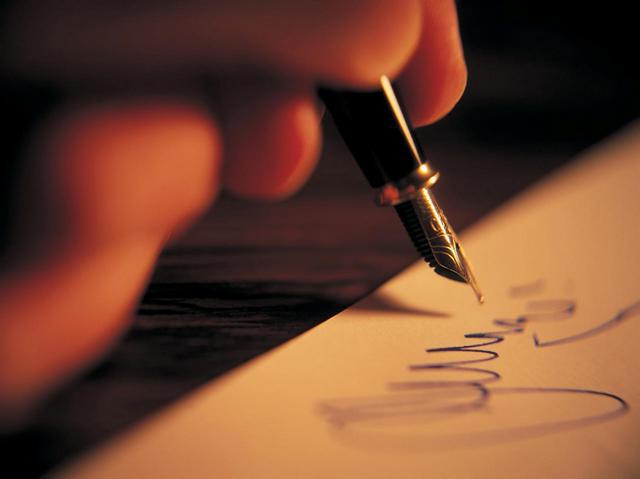
Final paragraph
Having studied the origin of the document as a material medium of information containing information about the law or about the event, it should be noted that quite often documents are subjected to illegal encroachments. Such an act as falsification of documents of the Criminal Code of the Russian Federation is provided for in chapter 32, namely, article 327. Despite criminal penalties, offenders quite often resort to falsification in various ways.
The practice of law enforcement agencies and courts indicates that violators, as a rule, get off with punishment in the form of a restriction of freedom for a short time, since the article of the Criminal Code, falsification of documents in its sanction does not provide for severe punishment. Most often there are such types of changes to the content of the document as erasing, adding, etching and rinsing. Forces forensic experts are identified by forensic experts in the field of forensic technical expertise.
Conducting research of documents for the presence of material falsification requires a lot of time, the use of high-precision equipment and qualified personnel. Research methods were not disclosed, as they belong to the category “for official use”, in order to avoid awareness of criminals who falsify documents. Be careful and vigilant when drafting and signing important papers so as not to fall into the bait of bandits.








